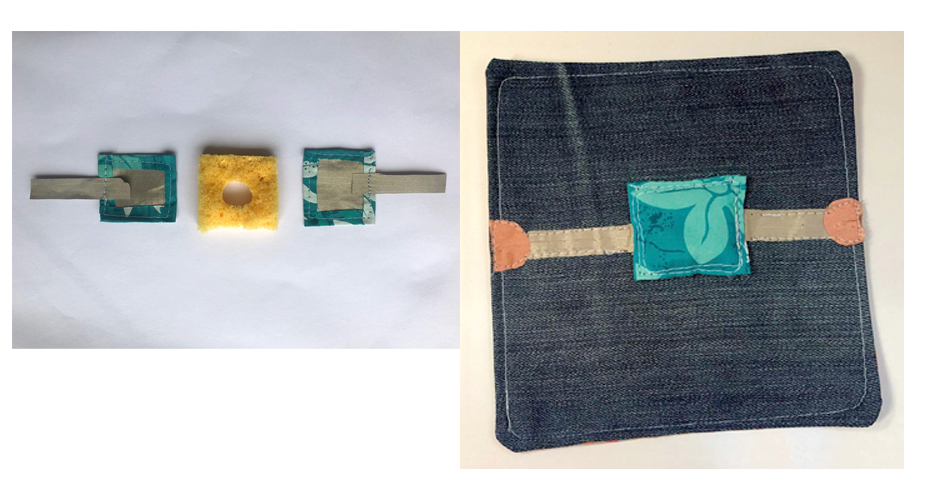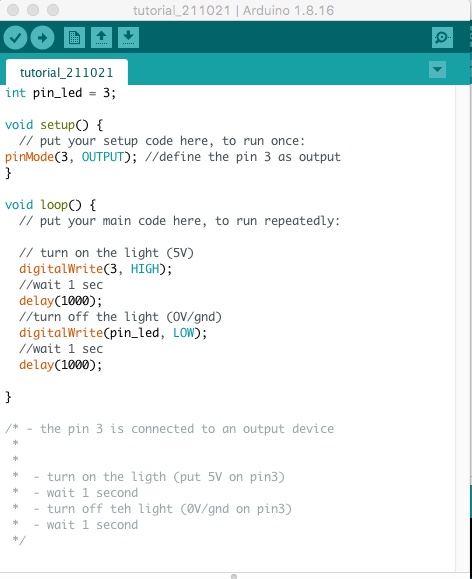5. E-textiles¶
This week we learned about etextiles with a lecture from Liza Stark and tutorials on how to build sensors and how to use Arduino with Emma Pareschi.
- etextile lecture from Liza Stark
- basic electronic tutorial
- intro to Arduino tutorial
- all other course material including Arduino sketches
Our assignement is to:
- Build at least one digital and one analogue soft sensors, using different materials and techniques.
- Document the sensor project as well as the readings got using the AnalogRead of Arduino
- Integrate the two soft sensors into one or two textile swatches using hard soft connections
- Document the circuit and it’s schematic
- Document your swatches
- Upload a small video of the swatches functioning
- EXTRA POINT Integrate the swatch into a project
Research¶
One of my favorite books is "The Sustainable Fashion Handbook" by Sandy Black. I read it cover to cover. Concerning etextiles, the book made me discover the works of Hussein Chalayan, Cute Circuit and of [Joanna Berzowska] (http://berzowska.com/) who is an assistant professor at the University of Concordia developing innovative methods and applications in electronic textiles and responsive garments.


Making sensor¶
Digital sensor¶
I made a digital sensor using:
- sponge
- conductive fabric NASAFES
- Copper Taffeta

Analog sensor¶
I built an analog sensor using:
- conductive wool
- Copper Taffeta
 I checked to see if my piece were conductive using the multimeter. But this piece unfortunately does not function as an analog sensor, the conductive wool is too conductive. I'll have to redo the sample with another material such as velostat.
I checked to see if my piece were conductive using the multimeter. But this piece unfortunately does not function as an analog sensor, the conductive wool is too conductive. I'll have to redo the sample with another material such as velostat.

Documenting the circuit and it’s schematic¶
Next, I tried to build the following circuit:
 Here, I had to make sure to follow Ohm's law, using an LED of 20mA. and a resistance of 170 Ohms.
Here, I had to make sure to follow Ohm's law, using an LED of 20mA. and a resistance of 170 Ohms.
Documenting my sketches¶
 On Arduino I used the swatch that we developped during the tutorial.
On Arduino I used the swatch that we developped during the tutorial.
And here is the final result!
int pin_led = 3;
void setup() {
// put your setup code here, to run once:
pinMode(3, OUTPUT); //define the pin 3 as output
}
void loop() {
// put your main code here, to run repeatedly:
// turn on the light (5V)
digitalWrite(3, HIGH);
//wait 1 sec
delay(1000);
//turn off the light (OV/gnd)
digitalWrite(pin_led, LOW);
//wait 1 sec
delay(1000);
}